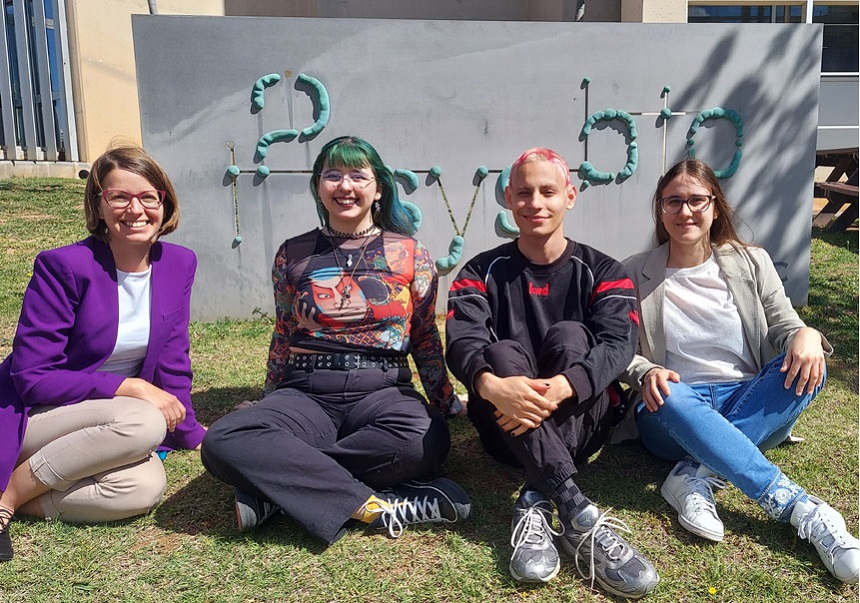Users
Social media
- More details here...
- Address
Parc Científic de la Universitat de València C/
Catedrático Agustín Escardino, 9
46980 Paterna (Valencia) Spain - Email:
iu.i2sysbio@uv.es - Phone:
(+34) 963544810
- Address
Links
A more effective extraction method has been identified for obtaining high-quality DNA in less than ideal conditions

Investigation
A more effective extraction method has been identified for obtaining high-quality DNA in less than ideal conditions
The ‘Microbial Single-Cell Genomics' research group at the Institute for Integrative Systems Biology I2SysBio (University of Valencia-CSIC), led by Mária Džunková, proposes new methods for extracting DNA from animals collected in the wild. The work has been published in the journal Ecology and Evolution and is part of the Catalan Initiative for the Earth Biogenome Project (Catalan Biogenome Project CBP).
The published study evaluated 24 combinations of DNA preservation and extraction from the nudibranch Peltodoris atromaculata. As nudibranchs – shell-less marine molluscs with with soft bodies and bright colours, are often collected in remote locations, conservation methods that can affect DNA quality must be applied, making it difficult to obtain the material required for long-read sequencing techniques, which allow for the generation of very accurate and continuous read alignments, essential for the study of genomic architecture.
‘The results indicate that the success of high molecular weight DNA extractions is influenced by preservation methods,’ explains Mária Džunková, a CDEIGENT researcher (Generalitat Valenciana), who points out that the study provides key results as it identifies effective combinations of DNA preservation and extraction, ’which will enable the generation of high-quality reference genomes and contribute to the knowledge and sustainable use of marine biodiversity.’
Currently, although only 1% of the 2,545 known nudibranch species have been sequenced, there is growing interest in this group because they possess extraordinary biological diversity and complex chemical defence mechanisms, with potential in biotechnology and pharmacology.
Inés Alberola-Mora, Oleanna Guerra-Font and Omar Daniel Espinoza-Calderón, from I2SysBio, as well as Carles Galià-Camps, from the University of Barcelona, the Institute for Biodiversity Research (IRBo) and the Blanes Centre for Advanced Studies (CSIC), have also participated in this research. The research is funded by the Institut d'Estudis Catalans, the Generalitat Valenciana and the Ministry of Science, Innovation and Universities. The Catalan Initiative for the Earth Biogenome Project (CBP), a regional branch of the Earth BioGenome Project (EBP), seeks to sequence and catalogue the genomes of all known eukaryotic species. Specifically, the CBP aims to sequence the genomes of more than 40,000 species living in Catalan-speaking territories. Projects are also currently being developed within the CBP in the ‘Transcriptional orchestration of metabolism’ group led by Tomás Matus.
Reference: Inés Alberola-Mora, Oleanna Guerra-Font, Omar Daniel Espinoza-Calderón, Carles Galià-Camps, Mária Džunková: ‘Combination of Sample Preservation Approaches and DNA Extraction Methods for Long-Read Sequencing of Nudibranchs’ Genomes’. Ecology and Evolution, 2025; 15:e71262. DOI: https://doi.org/10.1002/ece3.71262


